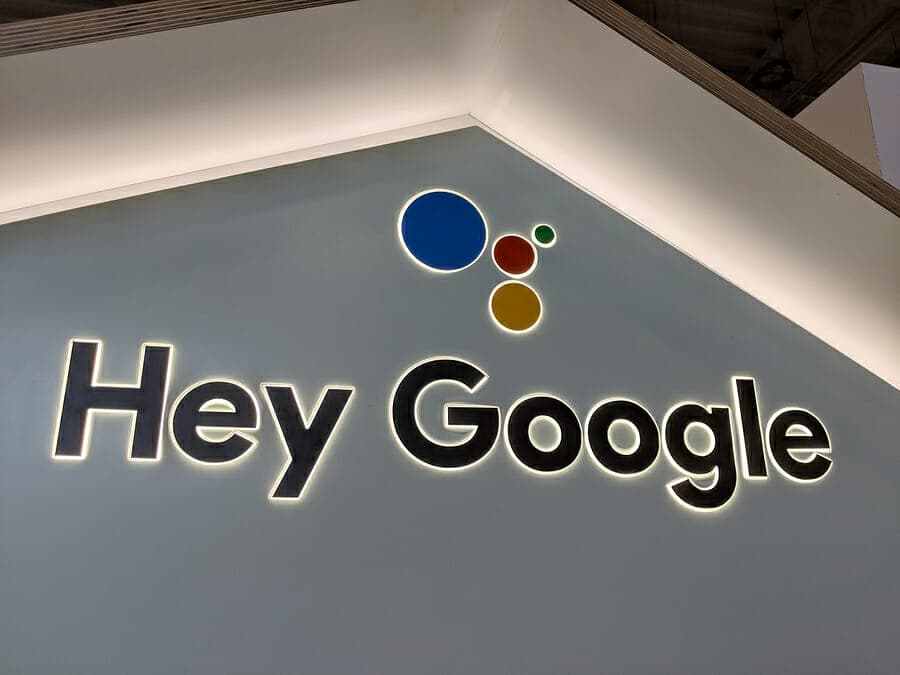Google Hire recently became the newest Google tool to be retired, with Google deciding to slowly phase out its recruiting platform by September of 2020. As Google’s main tool targeting talent acquisition professionals amongst the 5 million SMBs using G Suite, the ripples of its removal will be felt throughout the recruiting industry.
Google may often seem infallible, but not every product it puts out becomes instant gold. In fact, the Google graveyard is surprisingly full. In total, 176 tools lie broken and discarded as Google decided to invest in different avenues. Hire is the latest and perhaps greatest of these tools to meet its end.
But Google Hire, in its short life, had glowing user reviews. Google saw growing adoption by G Suite users. This is why its demise has people in the HR tech industry and corporate talent acquisition trying to understand what happened, and what exactly its discontinuation means for the nascent Google for Jobs?
Why Google Dropped Hire
For those relying on the Google ATS and synchronization with G Suite, news of its discontinuation came as a shock. Why would Google kill a good thing after only two years? Quite simply, Google Hire was too much of an effort for what it could generate for Google.
Google Hire had a fairly low budget. The $200-400 per month price tag was primarily aimed at small to medium-sized businesses. In this environment, mid-tier businesses are the ones that push change. Anytime something went wrong with the ATS, Google had a horde of small companies going after it, leading it to decide that the tool wasn’t profitable enough to continue.
Perhaps more than anything, building the infrastructure required for the kind of global partner network that would be needed to run something of this scale, especially when you factor in internationalization, wouldn’t have justified the time and money considering the potential market size.
Of course, there were plenty of things that Google Hire never lived up to. Many of these small to mid-sized businesses had certain expectations for the future trajectory of the tool. For example, many of the companies investing in Hire thought there would be a CRM integrated in G Suite, but Google didn’t want to take this next step. Google listened to comments from its users, but without the desire to plan and build, it knew it couldn’t go on with it.
Future Implications
With Google Hire out of the way, there is an opportunity for many of the other platforms that have well-built ATSes that use G Suite APIs to pick up the market of small businesses that were taking advantage of Google’s product.
So what implications does this have on the wider industry, as well as Google’s overall reputation?
Let’s start with the ATS: For those formally relying on Google for their applicant tracking software, they will now have to look elsewhere. There are currently many third-party companies offering up their solutions to these businesses — many that also integrate with Google for Jobs.
Switching an ATS is a big pain because companies have to migrate tons of data from one to the other. It’s tedious and time-consuming. However, in this case companies don’t have a choice: It’s either switch to a different ATS or follow Google into the grave next year. As a result, these smaller companies will float to the top, filling the space that Google just vacated.
By nixing a highly functional product, the question remains as to whether or not people can continue to trust Google — in the recruiting world and beyond. In order to express goodwill, Google decided to slowly phase out Hire rather than an abrupt ending. This allows its customers to react to the news, find a new solution, and migrate their data to the new program. In fact, in a few months, we might see a dedicated migration solution to increase the potential goodwill for this announcement.
In terms of Google’s overall trust, how can consumers continue to put their faith in it to keep developing a good product? In addition to Hire, the beloved Google Reader was put down, leading consumers to wonder if any product is safe.
This is the first B2B business that Google has retired. While Reader’s death forced people to find a new RSS reader, the end of Hire represents an enormous investment of time and change management in order to switch over to new software. It’s much easier to shut down a platform designed for individuals than businesses.
But Google is too ubiquitous to take a major hit from this. It could get rid of almost all their products and will continue on with no problems. The Google Search Engine alone is probably enough to keep Google running smoothly. Any negative attention will simply get drowned out by the incredible reach that the tech titan currently holds.
But is this potential lowered trust enough to affect Google for Jobs? How are companies able to trust Google to not abruptly discontinue the platform? At this point in time, Google for Jobs is already enormous and integrated into Google’s search engine, so any trust issues are largely irrelevant. Google for Jobs works automatically and its impact isn’t even noticed by the regular ATS user.
Google will continue to create new tools, advancing or killing them as they see fit. In terms of recruiting, Google for Jobs will continue to play a major part in the industry. While the death of Hire is unfortunate, savvy recruiters who adapt will be able to continue business as usual. With copious amounts of smaller companies standing ready to fill the Google-sized hole, recruiters will be spoiled for choice when it comes to their recruitment now and into the future.
